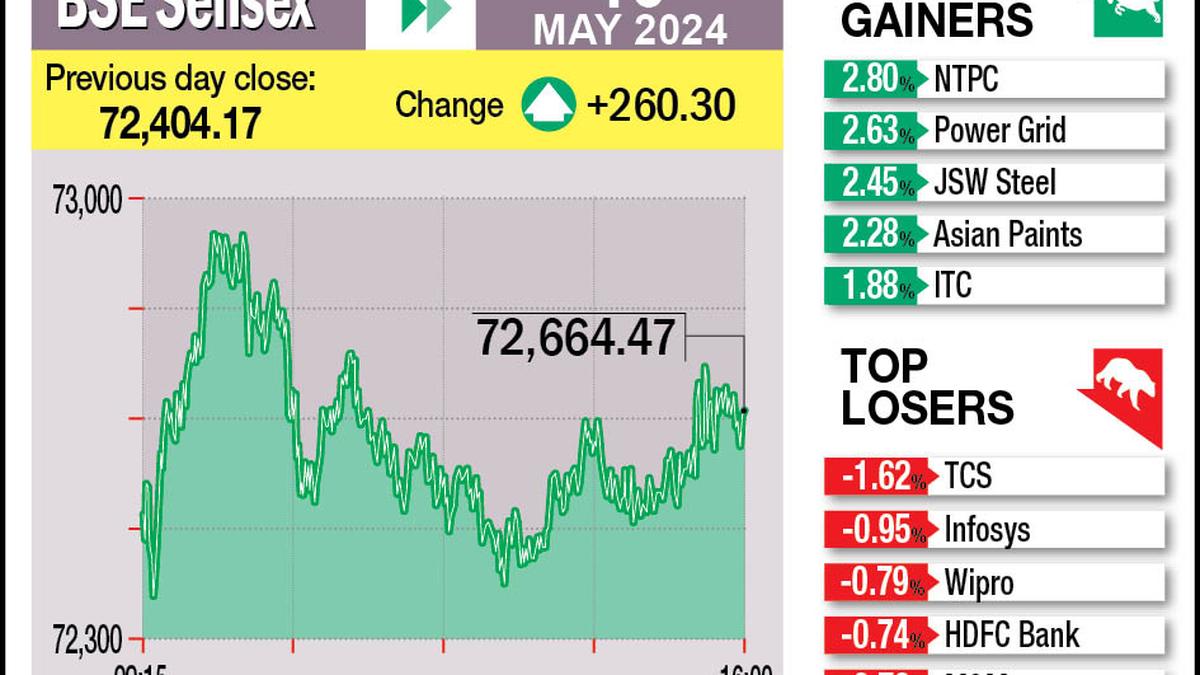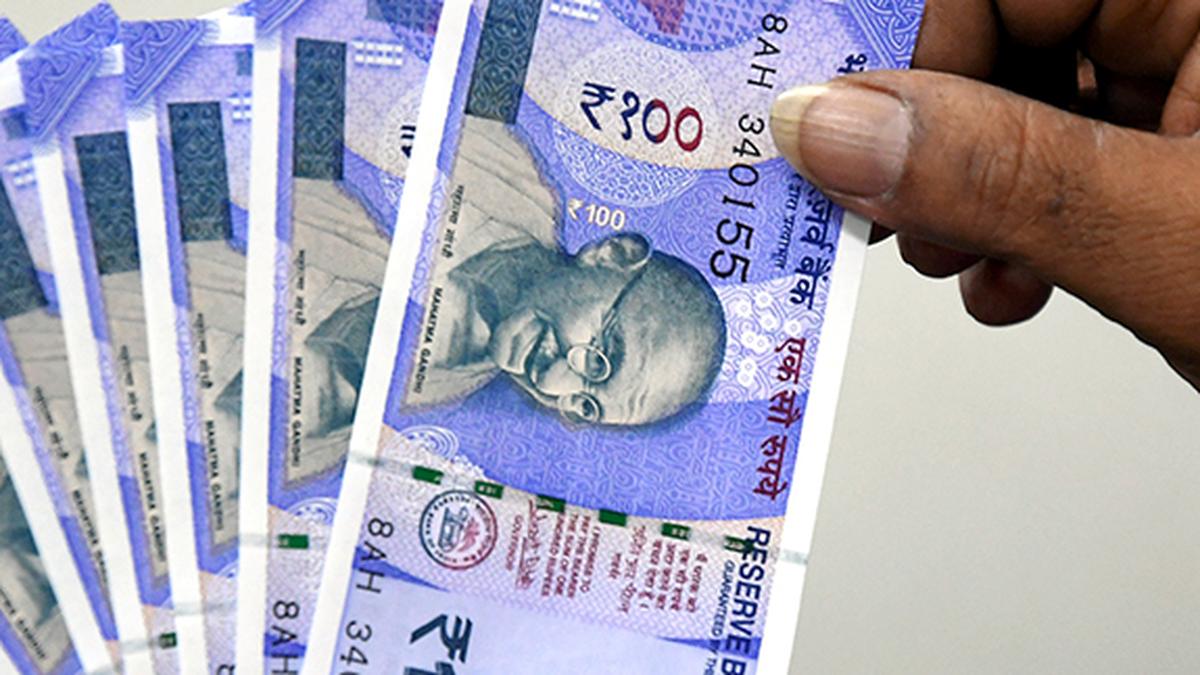Nirav Karkera, Head of Research at Fisdom digs deeper into the results of the stress test and talks about whether investors need to change their investment strategy, surprising numbers from the stress test results and what can be expected in the subsequent data.
March 20, 2024 / 03:44 PM IST
To listen to the podcast, click above. To read the podcast conversation, scroll down.
The first round of the mutual fund stress test for small-cap and mid-cap funds is over. The capital market regulator, the Securities and Exchange Board of India, had directed all the funds houses to assess their liquidity, and how liquid their underlying portfolios really are.
Sebi asked mutual funds to calculate the time required to liquidate 50 percent and 25 percent of portfolios, after removing the bottom 20 percent of portfolios based on scrip liquidity.
The objective of the test is to make investors aware of the risks and impact of market volatility on the liquidity of their equity portfolio and to help them take appropriate decisions to rebalance and redirect liquidity and savings.
Moneycontrol spoke to Nirav Karkera, Head of Research at Fisdom on what the results of the stress test showed about small-cap funds. He also talked about whether investors need to change their investment strategy, surprising numbers from the stress test and what can be expected in the subsequent results.
Also read | Stress test of mutual funds: Winners and losers in round 1
Here’s a summary of what Karkera said.
• Inflows by retail investors into small-cap funds have grown significantly over the past couple of quarters, and concerns were building around valuations.
• This is a hypothetical stress test situation wherein the volumes are expected to go up by three times and market participation will capped at 10 percent. The real-life scenario may be very different from that.
• There are concerns that if there was a stressful situation in the market, the need to liquidate the portfolio would be far more pronounced.
• If every investor is out there to redeem, there may not be adequate buyers for some part of the portfolio and the prices would tank to a great degree.
• The pricing impact is not very well captured as a part of this liquidity stress test.
Also read | SBI MF can take up to 60 days to liquidate its small- and mid-cap portfolios
• More than a risk metric, the stress test results indicate the fund management style and fund managers’ risk management framework.
• The stress test result must be viewed in the context of the quality of stocks as well.
• A longer time to liquidate a portfolio does not imply that the quality of the portfolio is good or bad.
• Data on Quant Mid Cap Fund surprised on the positive side because there were apprehensions that it is an aggressive player and has participated in stocks where the float was relatively low. Tata Small Cap Fund despite having lower assets disappointed.
Also read | India’s biggest small-cap fund can sell off its 50% portfolio in 27 days
• Small small-cap funds always have the benefit of being more agile and nimble and have the ability to manoeuvre around with their portfolios without much risk of liquidity or impact costs.
• In subsequent stress tests, fund managers may be more conscious of how their liquidity positions are standing and they may try and align realign their portfolios in favor of more liquid stocks.
Discover the latest business news, Sensex, and Nifty updates. Obtain Personal Finance insights, tax queries, and expert opinions on Moneycontrol or download the Moneycontrol App to stay updated!

 1 month ago
1 month ago












